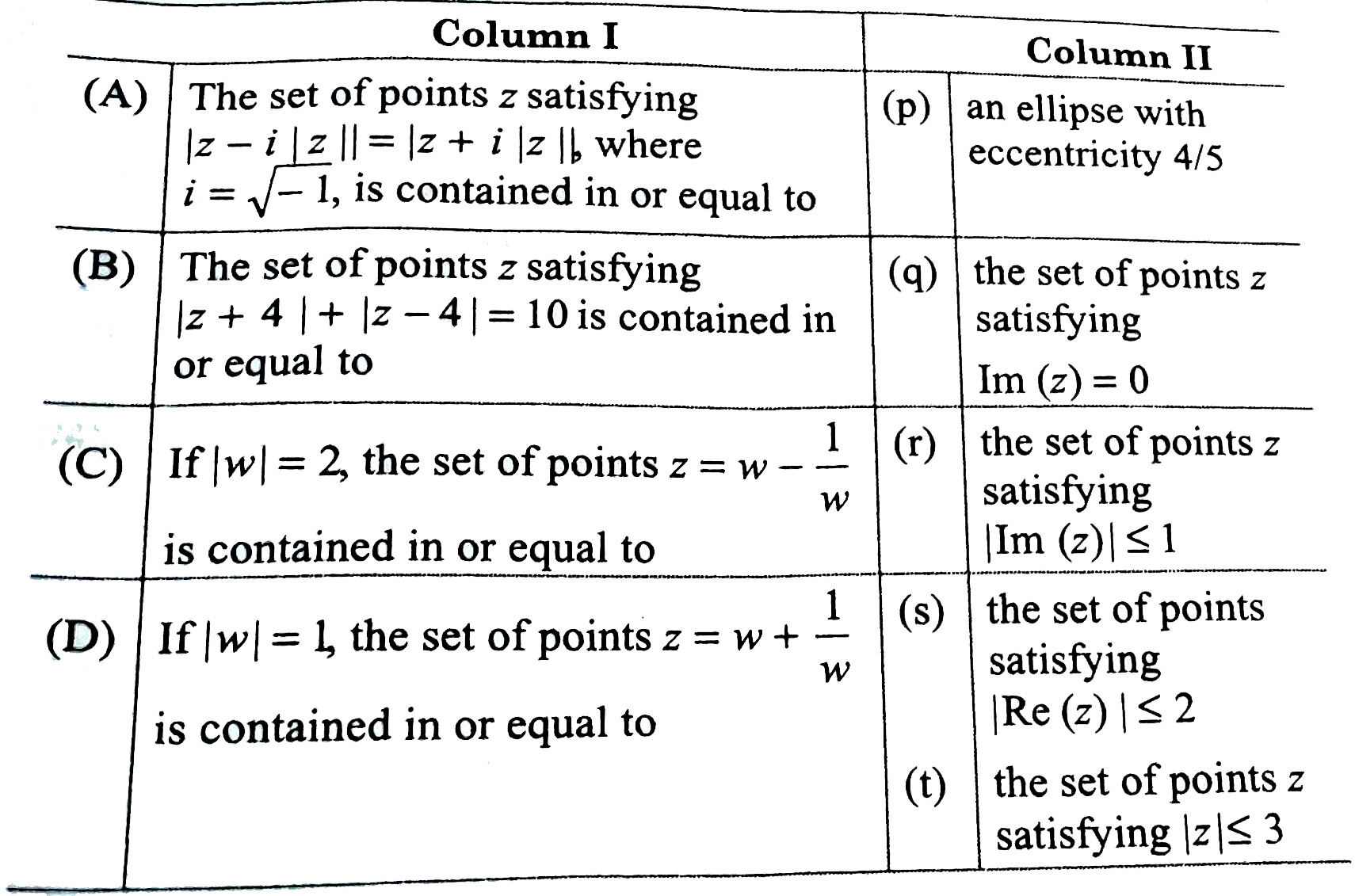If f(x)+f(y)=f(x+y1−xy) for all x,y∈R,(xy≠1),andlimx→0f(x)x=2 then find f(1√3)andf'(1).
2tan−1x
12tan−1x
π2tan−1x
2πtan−1x
The correct Answer is:A
Step by step video solution for "If "f(x)+f(y)=f((x+y)/(1-xy))" for all "x,y in R, (xyne1), and underset(xrarr0)lim(f(x))/(x)=2" then find "f((1)/(sqrt(3))) and f'(1). by Maths experts to help you in doubts & scoring excellent marks in Class 12 exams.
Updated on:21/07/2023Topper's Solved these Questions
- CONTINUITY AND DIFFERENTIABILITYBook:ARIHANT MATHS ENGLISHChapter:CONTINUITY AND DIFFERENTIABILITYExercise:Exercise (Single Option Correct Type Questions)
Explore 48 Videos
- CONTINUITY AND DIFFERENTIABILITYBook:ARIHANT MATHS ENGLISHChapter:CONTINUITY AND DIFFERENTIABILITYExercise:Exercise (More Than One Correct Option Type Questions)
Explore 25 Videos
- CONTINUITY AND DIFFERENTIABILITYBook:ARIHANT MATHS ENGLISHChapter:CONTINUITY AND DIFFERENTIABILITYExercise:Exercise For Session 6
Explore 4 Videos
- COMPLEX NUMBERSBook:ARIHANT MATHS ENGLISHChapter:COMPLEX NUMBERSExercise:Complex Number Exercise 8
Explore 2 Videos
- COORDINATE SYSTEM AND COORDINATES Book:ARIHANT MATHS ENGLISHChapter:COORDINATE SYSTEM AND COORDINATES Exercise:Exercise (Questions Asked In Previous 13 Years Exam)
Explore 7 Videos
Similar Questions
If f(x)={sinπx2,x<1[x],x≥1, where [x] denotes the greatest integer function, then
View SolutionFunction whose jump (non-negative difference of LHL and RHL) of discontinuity is greater than or equal to one. Is/are
View SolutionIf a function f(x) is defined as f(x)=⎧⎪⎨⎪⎩−x,x<0x2,0≤x≤1x2−x+1,x>1 then
View SolutionMatch the statements in Column I with those in Column II.

View SolutionIf a vertex of a triangle is (1, 1) and the mid-points of two side through this vertex are (-1, 2) and (3, 2), then centroid of the triangle is
View SolutionConsider f:R+→Rsuch thatf(3)=1 for a∈R+andf(x).f(y)+f(3x)f(3y)=2f(xy)∀x,y∈R+. Then find f(x).
View SolutionLet f(xy)=f(x)f(y)∀x,y∈Randf is differentiable at x=1 such that f′(1)=1. Also, f(1)≠0,f(2)=3. Then find f′(2).
View SolutionIf f(x)+f(y)=f((x+y)/(1-xy))x>y in R,xy!=1,lim_(x rarr0)(f(x))/(x)=2. Find f(5),f'(-2)
View SolutionIf f(x)+f(y)=f(x+y1−xy) for all x,y∈R,(xy≠1),andlimx→0f(x)x=2 then find f(1√3)andf'(1).
View SolutionIf f(xy2)=f(x).f(y)2,x,y∈R,f(1)=f'(1).Then,f(3)f'(3)is.........
View SolutionLet f(x+y)−f(x)2=f(y)−12+xy, for all x,y∈R,f(x) is differentiable and f'(0)=1.
Range of y=log3/4(f(x)) is
View SolutionIf f(x)=x−1x+1, then prove that f(x)−f(y)1+f(x)f(y)=x−y1+xy.
View SolutionLet f(x+y)=f(x).f(y) for all x,y∈R and f(x)=1+xϕ(x)log3. If limx→0ϕ(x)=1, then f'(x) is equal to
View Solutionf(x)+f(y)=f(x+y1−xy) ,for allx,y∈R.(xy≠1),and limx→0f(x)x=2.Findf(1√3)and f'(1).
View SolutionIf f(x)+f(y)=f(x+y1−xy) for all x,y∈R,(xy≠1),andlimx→0f(x)x=2 then find f(1√3)andf'(1).
View SolutionLet f(x)=12[f(xy)+f(xy)]∀x,y∈R+ such that f(1)=0,f1(1)=2 Now answer the following
f(x)−f(y)=
View Solution
